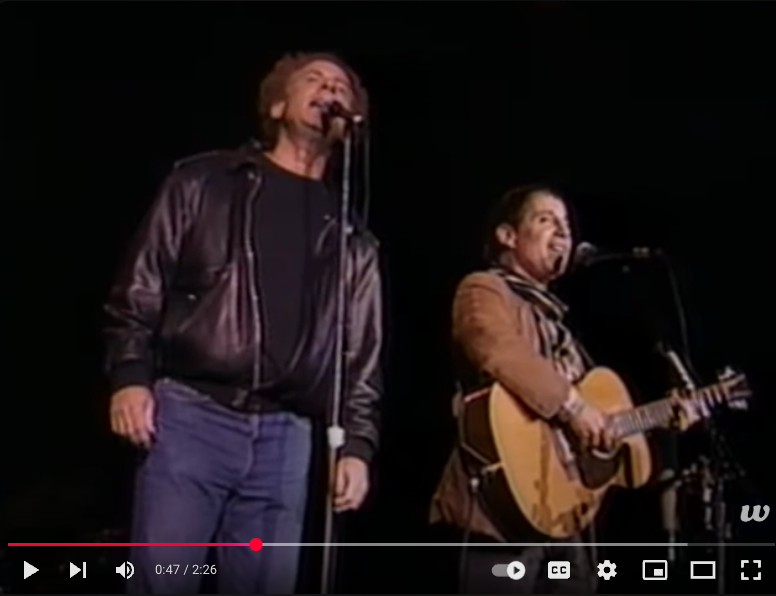Welcome to Try This! Your weekly exploration of musical patterns applied to partimenti.
This week we’re going to look at how two master composers—JS Bach (1685–1750) and Paul Simon (b 1941)—realized these patterns in their music. Here is last weeks post introducing the ④ ③ ② ①.
Share This!
If you know anyone who you might like Try This!, please forward this email to them. They can sign up to receive it here.
Take a Listen to Bach’s ④ ③ ② ①
This excerpt is from Bach’s G major French Suite. Take a listen to Simone Dinnerstein’s fabulous recording here.
Here’s a score:

The opening phrase of this Allemand Bach goes up from ① through ④ then right back down to ①. Look at the bassline, what intervals would you expect above each bass note? They are there! Sometimes pushed around the intervals you would expect with suspensions or appoggiaturas. Listen to these two bars a couple times: first direct your ears to the bass line, then open your ears up to what is going on in the upper voices.
Feelin’ Groovy? Listen to Paul Simon’s Take a Listen to Beethoven’s ④ ③ ② ①
Most of the time we’re talking about excerpts, but the whole bassline of this song goes ④ ③ ② ①. This recording is in C major.
- Listen at the beginning he’s just playing ④ ③ ② ① with a 3rd above each bass note
- Keep tracking that bassline through the whole song
- or just listen to the song!

Next week
I’ll send you some basslines where you can play with these elements yourself!